Home>Technology>Smart Home Devices>How To Change Printer Settings
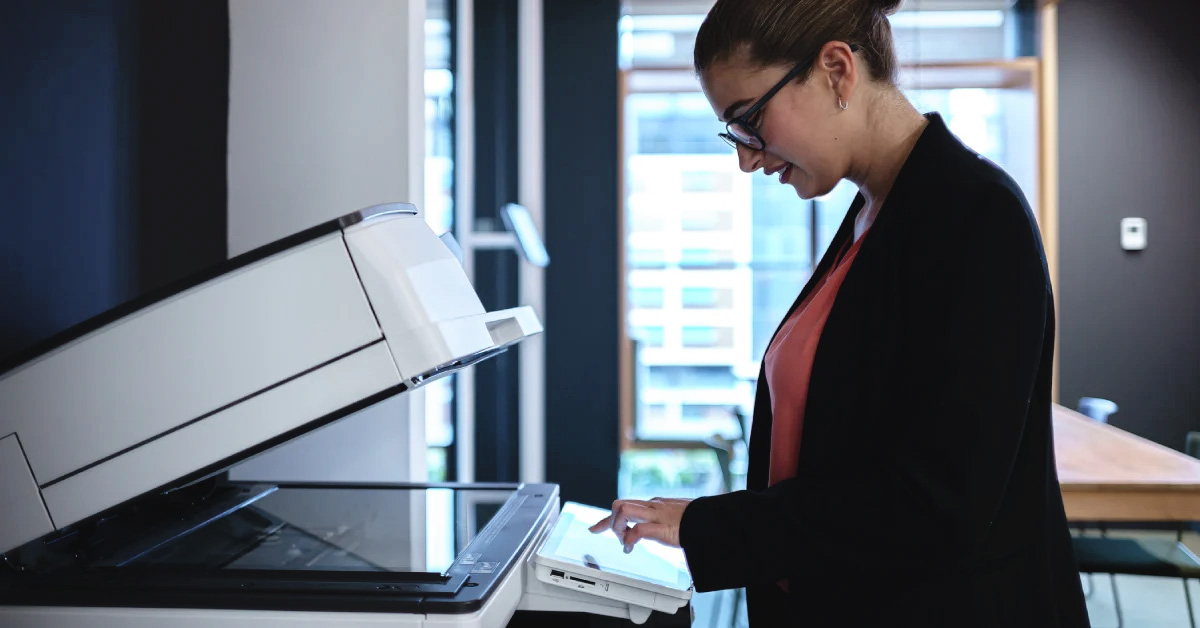

Smart Home Devices
How To Change Printer Settings
Published: January 5, 2024
Learn how to change printer settings for your smart home devices with our easy-to-follow guide. Optimize your printing experience today!
(Many of the links in this article redirect to a specific reviewed product. Your purchase of these products through affiliate links helps to generate commission for Storables.com, at no extra cost. Learn more)
Introduction
Welcome to the world of smart home devices, where the seamless integration of technology enhances our everyday lives. One such indispensable device is the smart printer, which has evolved far beyond its traditional role of simply printing documents. Modern printers offer a plethora of customizable settings, allowing users to tailor their printing experience to their specific needs. In this article, we will delve into the intricacies of changing printer settings, from adjusting print quality to managing printer preferences.
Understanding how to navigate and modify these settings empowers users to optimize their printing process, ensuring that every document meets their exact requirements. Whether you’re aiming for crisp, high-resolution images or seeking to conserve ink and paper, mastering your printer settings is the key to achieving your desired outcomes.
Join us as we explore the various facets of printer settings, providing you with the knowledge and confidence to harness the full potential of your smart printer.
Key Takeaways:
- Mastering printer settings empowers you to customize your printing experience, from adjusting print quality to managing preferences, ensuring every print job meets your exact needs.
- By understanding and leveraging printer settings, you can streamline your printing workflow, optimize resource utilization, and produce professional-grade prints tailored to your unique specifications.
Read more: How To Change Tray On Printer
Accessing Printer Settings
Before delving into the nuances of adjusting printer settings, it’s essential to familiarize yourself with the process of accessing these configurations. The method may vary depending on your operating system and the specific printer model you are using.
On Windows, accessing printer settings typically involves navigating through the Control Panel or utilizing the settings available within the print dialogue box of the application you are using. You can access the Control Panel by clicking on the Start menu and selecting “Control Panel” from the list of options. From there, locate and click on “Devices and Printers” to view a list of available printers. Right-click on your printer and select “Printing Preferences” to access the settings specific to your printer model.
For Mac users, accessing printer settings involves clicking on the Apple menu and selecting “System Preferences.” Within the System Preferences window, click on “Printers & Scanners” to view the list of available printers. Select your printer from the list and click on “Options & Supplies” to access the printer settings.
Many modern printers also offer web-based interfaces, allowing users to access and modify settings through a browser. To utilize this feature, simply enter the printer’s IP address into your web browser, which will direct you to a dashboard where you can manage various settings and preferences.
Once you have successfully accessed the printer settings, you are ready to embark on the journey of customizing the configurations to suit your specific printing needs.
Changing Default Printer
Changing the default printer on your computer is a straightforward process that can be particularly useful if you have multiple printers installed and wish to designate a primary device for your routine printing tasks. Whether you’re switching to a new printer or simply reassigning the default status, the steps to accomplish this vary depending on your operating system.
Windows:
To change the default printer on a Windows computer, begin by accessing the Control Panel and navigating to “Devices and Printers.” Right-click on the printer you wish to set as the default and select “Set as default printer” from the dropdown menu. Once confirmed, this printer will be designated as the default option for all print jobs initiated from your Windows computer.
Mac:
On a Mac, changing the default printer involves accessing the “Printers & Scanners” section within System Preferences. Select the printer you want to set as the default and click on the “Set default printer” button. This action designates the chosen printer as the default option for all printing tasks carried out on your Mac.
By designating a default printer, you streamline the printing process, ensuring that documents are sent to the intended device without the need to manually select the printer each time. This can be particularly beneficial in a shared office environment or a household with multiple users, as it eliminates the potential for confusion and streamlines the printing experience for all users.
Understanding how to change the default printer empowers you to optimize your printing workflow, enhancing efficiency and convenience in your day-to-day tasks.
Read more: How To Change The Name Of A Printer
Adjusting Print Quality
Print quality plays a pivotal role in ensuring that your documents, images, and graphics are reproduced with precision and clarity. Modern printers offer a range of print quality settings, allowing users to tailor the output to meet their specific requirements. Whether you’re aiming for high-resolution images or conserving ink and toner, understanding how to adjust print quality empowers you to achieve optimal results.
When it comes to adjusting print quality, most printers offer a selection of preset options, such as “Draft,” “Normal,” and “Best,” each corresponding to a different level of print resolution and ink usage. The specific terminology and available settings may vary depending on your printer model and manufacturer.
To access and modify print quality settings, begin by opening the print dialogue box within the application you are using to initiate the print job. Look for an option such as “Properties,” “Preferences,” or “Print Quality” to access the settings specific to your printer. Within this menu, you can typically adjust settings such as print resolution, ink usage, and color management.
When selecting a print quality setting, consider the nature of the document or image being printed. For text-based documents, a “Normal” or “Draft” setting may suffice, optimizing ink usage without compromising legibility. Conversely, when printing high-resolution images or graphics, opting for the “Best” or “High” print quality setting ensures that fine details and colors are faithfully reproduced.
By understanding and leveraging print quality settings, you can achieve the perfect balance between output precision and resource conservation, ensuring that every print job meets your exact specifications.
Mastering the art of adjusting print quality equips you with the tools to produce professional-grade prints, whether for personal or professional use, while also optimizing resource utilization.
Setting Paper Size and Type
Configuring the paper size and type within your printer settings is crucial for ensuring that your documents are printed accurately and consistently. Whether you’re printing standard letter-sized documents, envelopes, or specialized paper types, understanding how to adjust these settings empowers you to achieve the desired output.
When it comes to setting the paper size, most printers allow users to select from a range of standard options, including letter, legal, A4, and more. Additionally, many printers offer the flexibility to define custom paper sizes, catering to specific requirements for unique projects or non-standard document dimensions.
To adjust the paper size, access the printer settings through the print dialogue box within the application you are using. Look for an option such as “Paper Size,” “Media Size,” or “Page Setup” to specify the dimensions of the paper being used. Select the appropriate paper size from the available options or enter custom dimensions if required.
Furthermore, modern printers provide the capability to designate the type of paper being used, such as plain paper, photo paper, envelopes, or labels. This setting ensures that the printer applies the appropriate printing parameters to accommodate the specific characteristics of the selected paper type, such as weight, texture, and finish.
By accurately setting the paper size and type, you ensure that your documents are printed with precision, avoiding issues such as misaligned content or smudged ink. This attention to detail is particularly crucial in professional environments where document presentation and accuracy are paramount.
Understanding and utilizing the paper size and type settings empowers you to produce consistent, high-quality prints, tailored to the unique specifications of each printing task. Whether you’re creating professional reports, vibrant photographs, or personalized stationery, mastering these settings is essential for achieving optimal results.
To change printer settings, go to Control Panel > Devices and Printers. Right-click on your printer and select “Printing preferences” to adjust settings like paper size, quality, and color options.
Managing Printer Preferences
Printer preferences encompass a wide array of customizable settings that allow users to fine-tune their printing experience to align with their specific requirements. From adjusting ink density to setting default paper trays, managing printer preferences empowers users to optimize their printing workflow and achieve consistent, high-quality results.
When it comes to managing printer preferences, the available settings may vary depending on the make and model of your printer. However, common preferences often include options for print quality, paper handling, ink or toner usage, color management, and advanced features such as duplex printing and toner-saving modes.
To access and modify printer preferences, begin by navigating to the printer settings through the Control Panel on a Windows computer or the System Preferences on a Mac. Within the printer properties or preferences menu, you will find a range of customizable settings that enable you to tailor the printing process to your exact specifications.
One particularly valuable preference is the ability to set default printing options, such as duplex (double-sided) printing, grayscale mode, or specific paper trays for different types of print jobs. By configuring these preferences, you streamline the printing process and ensure that your preferred settings are automatically applied to every print job, saving time and reducing the need for manual adjustments.
Additionally, managing printer preferences allows you to conserve resources by optimizing ink or toner usage, reducing paper waste, and fine-tuning print quality settings to align with the specific requirements of each print job. This not only contributes to cost savings but also reflects a commitment to sustainability and environmental responsibility.
By mastering printer preferences, you gain the ability to customize every aspect of the printing process, from the layout and orientation of the printed content to the utilization of advanced features that enhance efficiency and productivity.
Understanding and leveraging printer preferences equips you with the tools to achieve consistent, high-quality prints while optimizing resource utilization and streamlining your printing workflow.
Conclusion
As we conclude our exploration of printer settings, it becomes evident that the modern smart printer is far more than a mere document reproduction device. It is a versatile tool that empowers users to customize their printing experience, achieving optimal results tailored to their specific needs.
From adjusting print quality to managing printer preferences, the ability to navigate and modify printer settings is a valuable skill that enhances efficiency, conserves resources, and ensures consistently high-quality output.
By mastering the art of accessing and customizing printer settings, you gain the ability to streamline your printing workflow, optimize resource utilization, and produce professional-grade prints that meet the exact specifications of each printing task.
Whether you’re a home user seeking vibrant photo prints, a student aiming to conserve ink and paper, or a professional requiring precise document reproduction, the knowledge and confidence to adjust printer settings enable you to achieve your desired outcomes with ease.
As technology continues to evolve, the realm of smart home devices, including printers, presents a myriad of opportunities to enhance our daily lives. By harnessing the full potential of printer settings, you embark on a journey of creativity, efficiency, and resource optimization, ensuring that every print job reflects your unique preferences and exacting standards.
So, embrace the possibilities that printer settings offer, and let your printing experience be a seamless reflection of your individuality and creativity.
Here’s to a future filled with perfectly customized prints, made possible by your mastery of printer settings!
Frequently Asked Questions about How To Change Printer Settings
Was this page helpful?
At Storables.com, we guarantee accurate and reliable information. Our content, validated by Expert Board Contributors, is crafted following stringent Editorial Policies. We're committed to providing you with well-researched, expert-backed insights for all your informational needs.
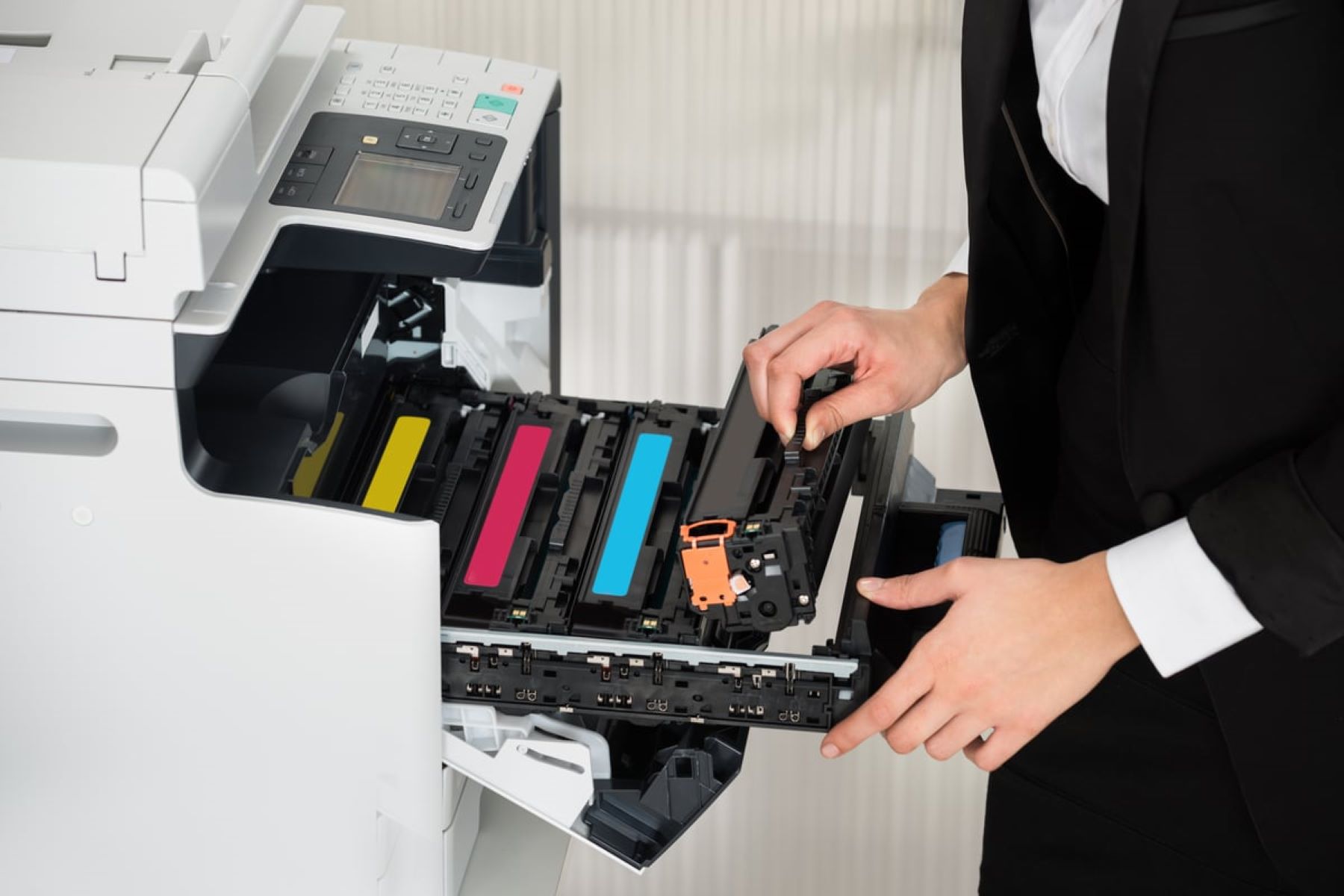
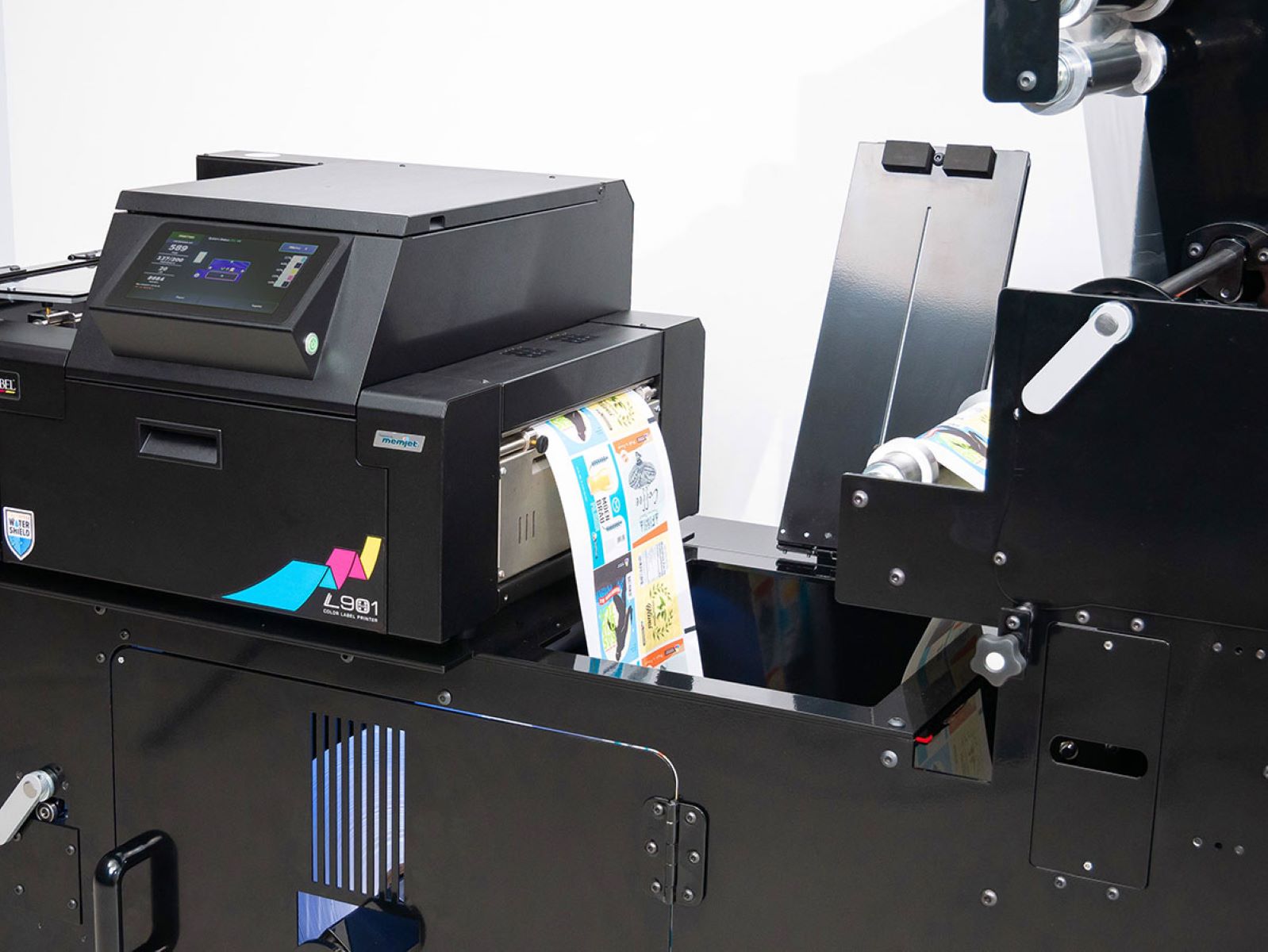

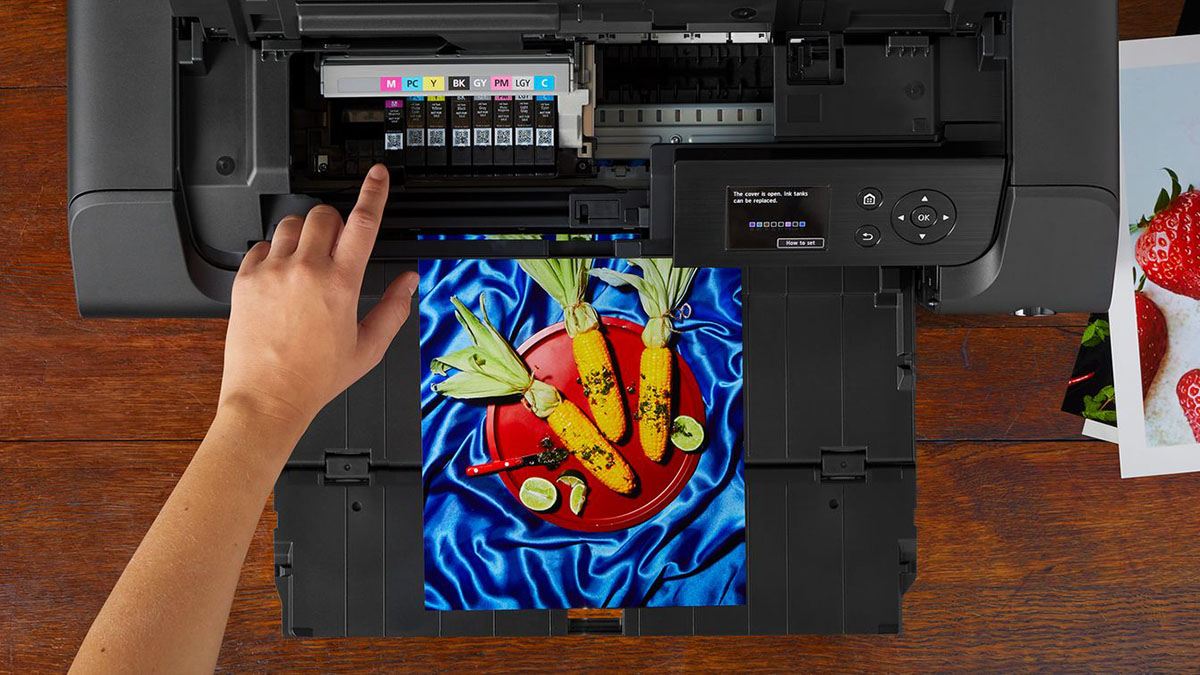
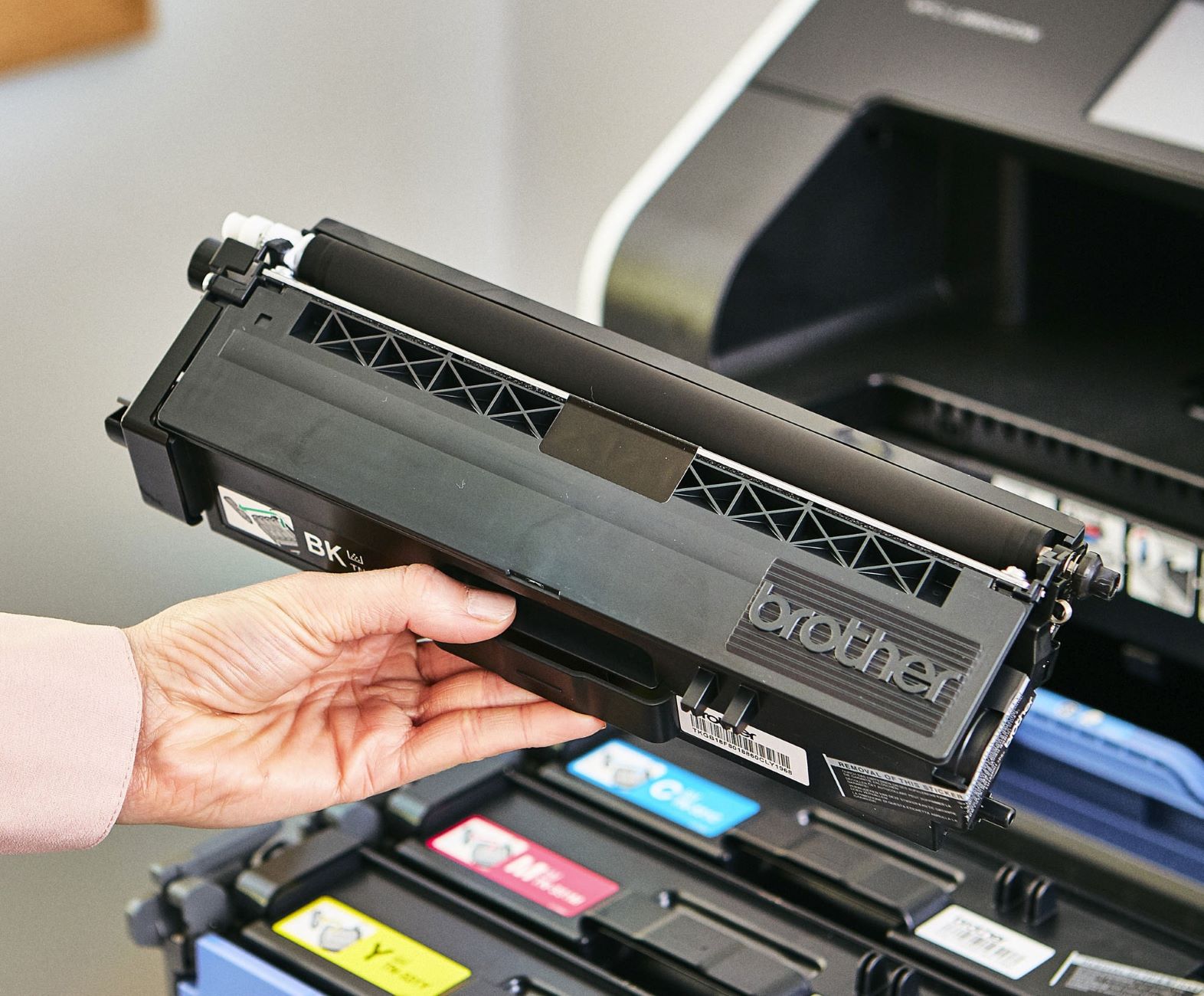
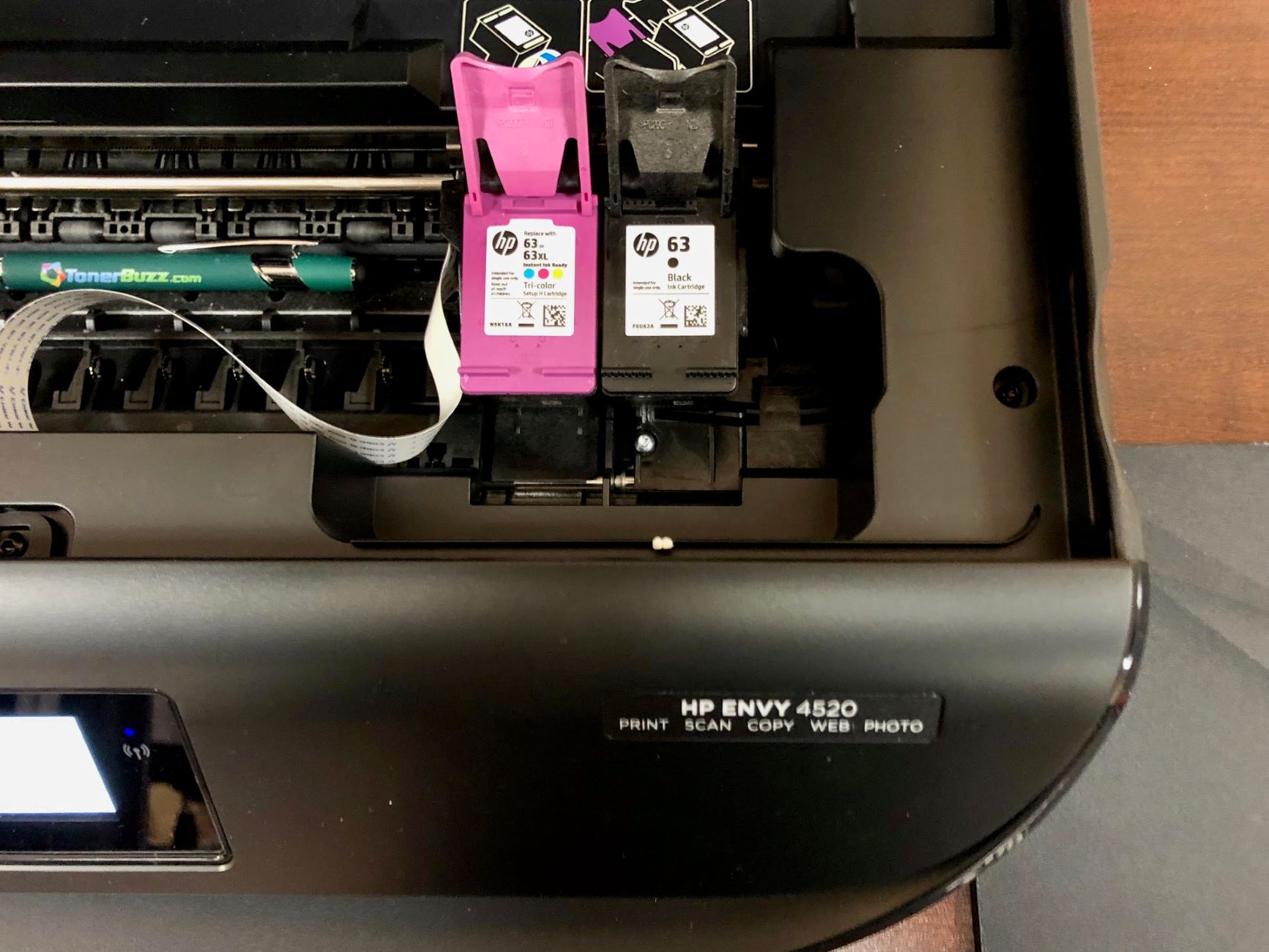

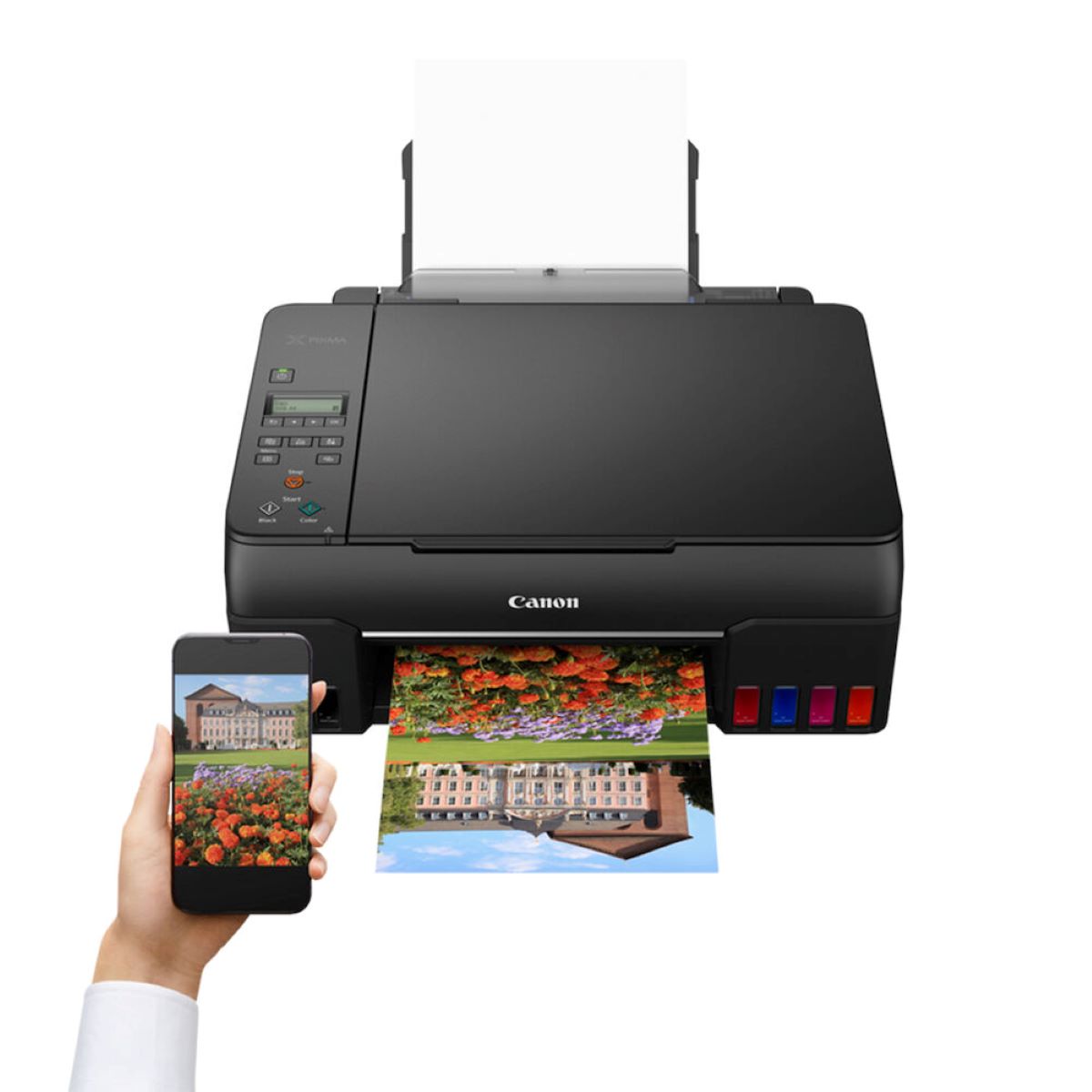

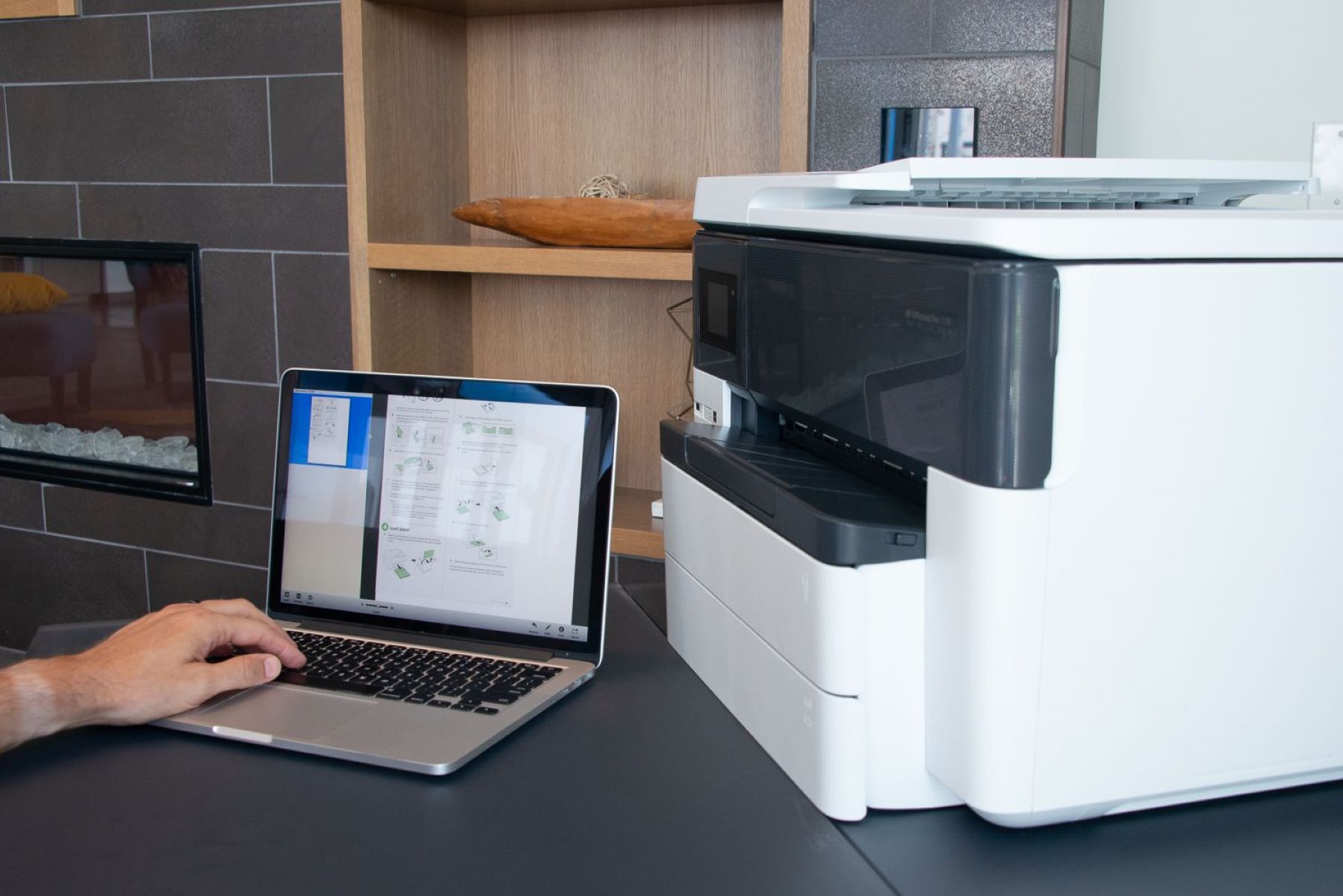

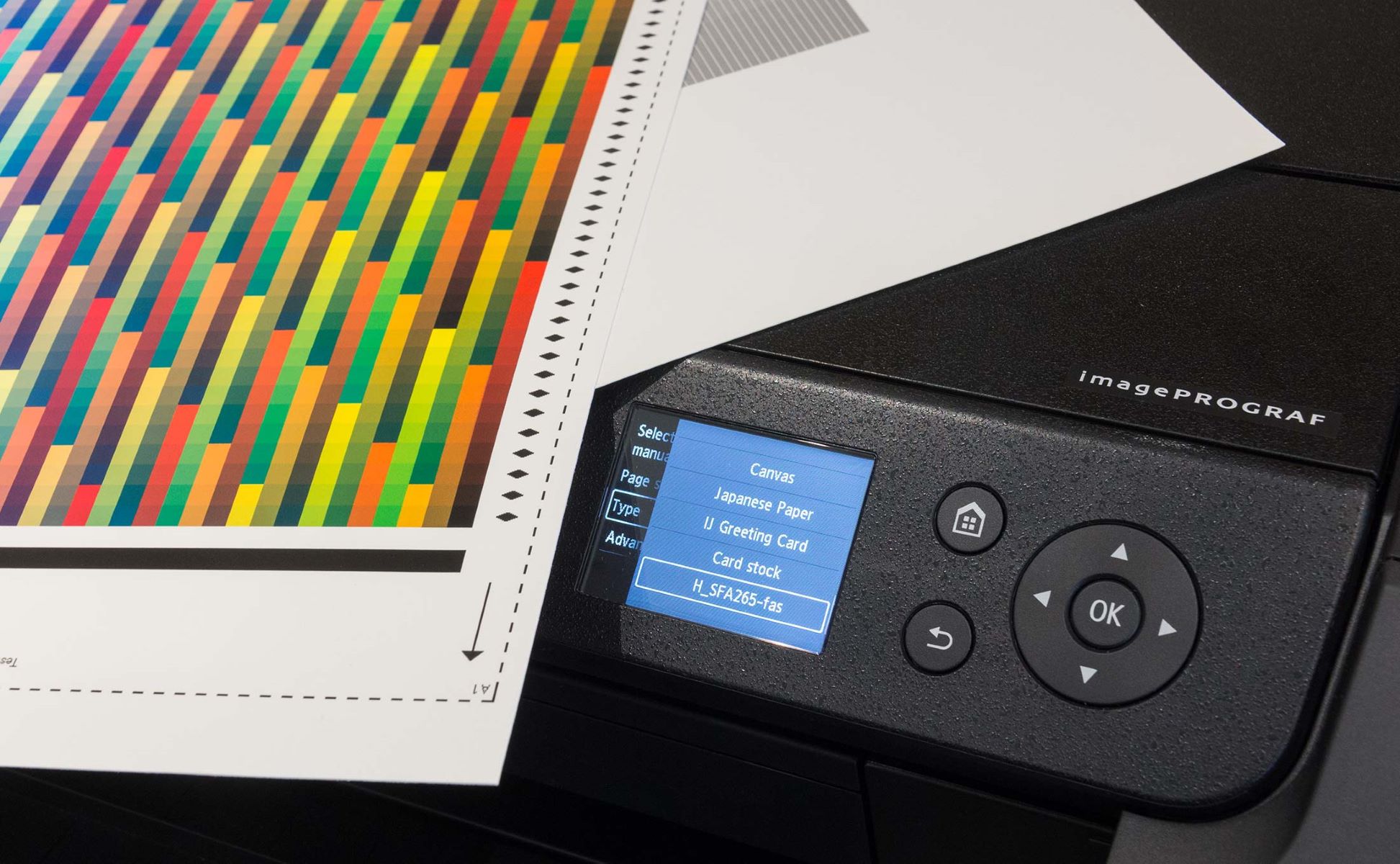
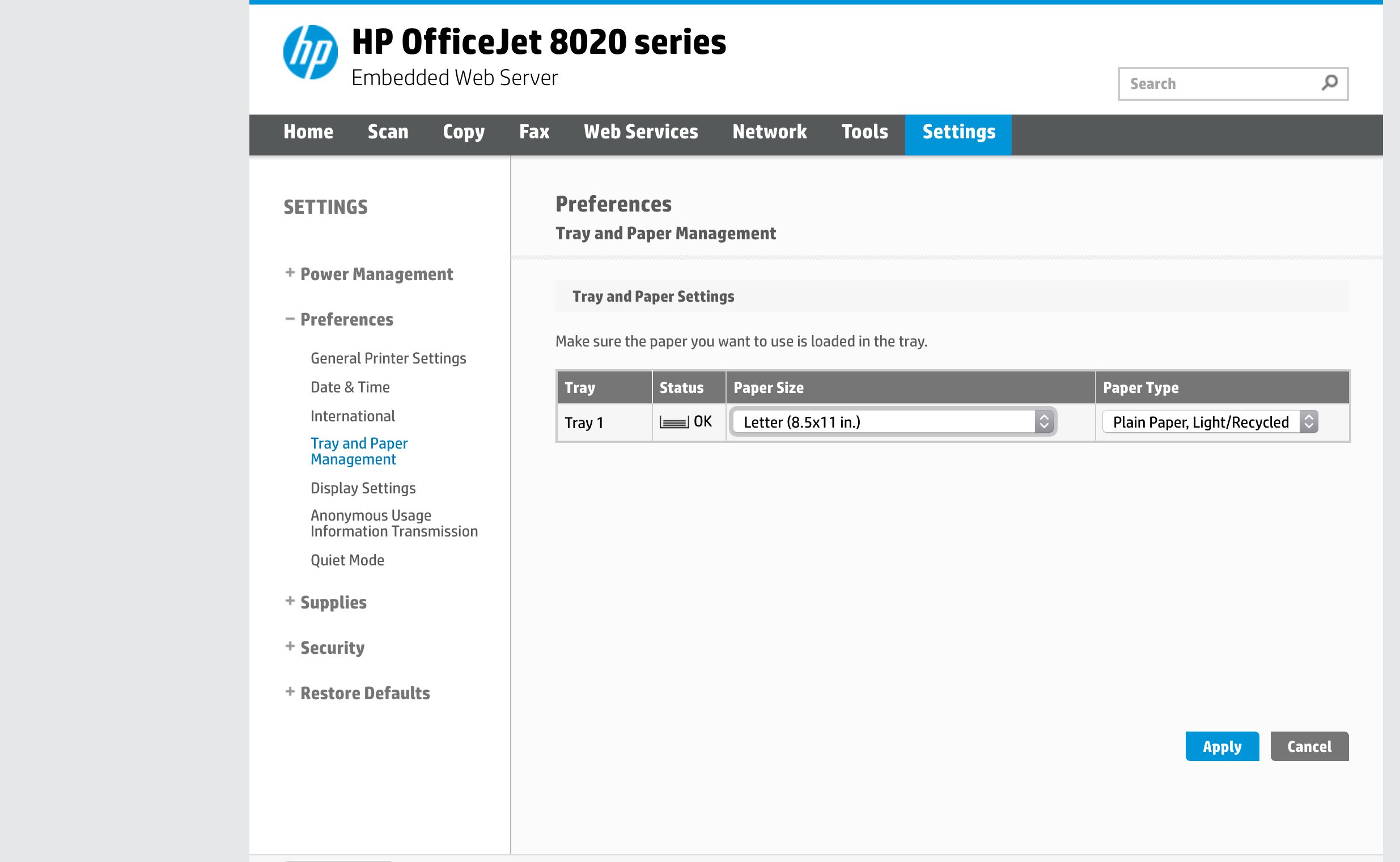
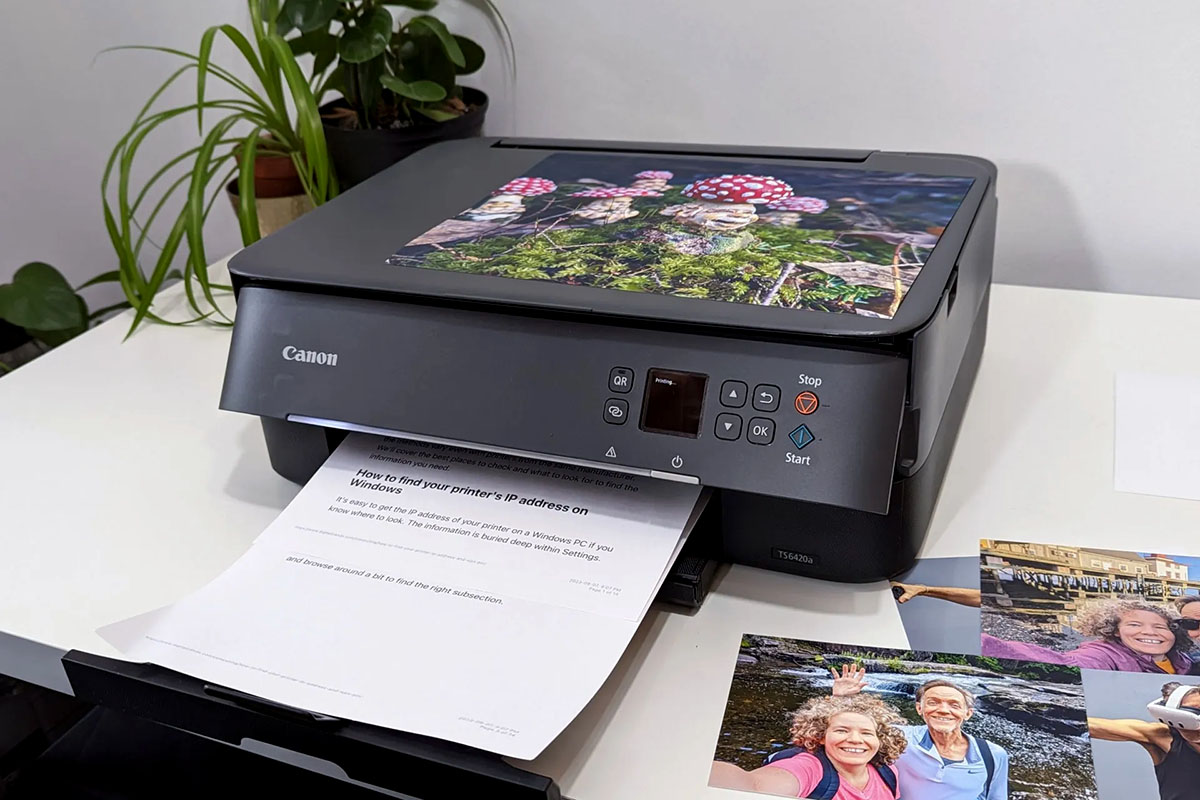

0 thoughts on “How To Change Printer Settings”